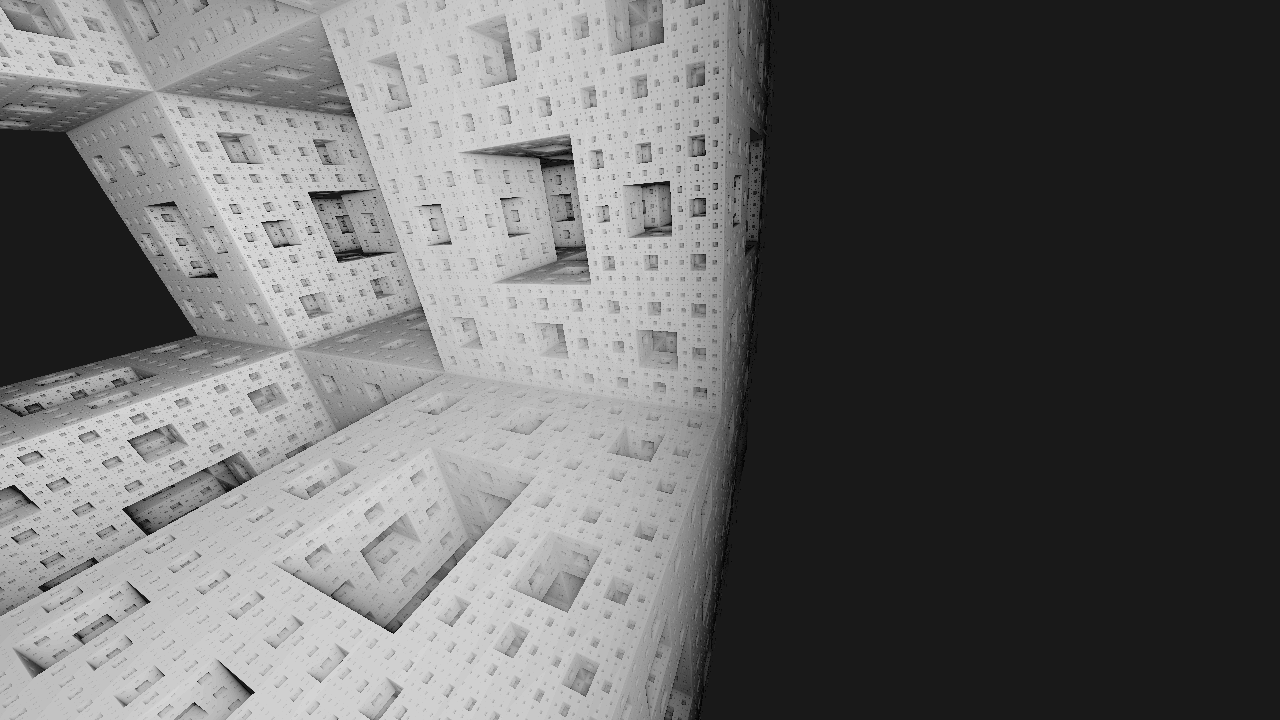Pilka is a cross-platform live-coding tool for creating shader* demos, similar to Bonzomatic or KodeLife. Supports hot-reloading, which means resources is checked and updated in the background.
Available features:
- Hot-reload
- Saving shaders
- Taking screenshot
- Record video
- Compute pipeline for post processing
In current state pilka tries to seek shaders folder with the files
shader.vert and shader.frag, on fail pilka will generate
default setup for you. Then open shader in your favourite code editor (VS,
emacs, vim, ed etc.) and pilka would fetch changes after each save.
- F1: Print help
- F2: Toggle play/pause
- F3: Pause and step back one frame
- F4: Pause and step forward one frame
- F5: Restart playback at frame 0 (
TimeandPos= 0) - F6: Print parameters
- F10: Save shaders
- F11: Take Screenshot
- F12: Start/Stop record video
- ESC: Exit the application
- Arrows: Change
Pos
(per-draw-update)
| name | type | range |
|---|---|---|
| position | vec3 | (-∞, ∞) |
| time | float | [0, ∞) |
| resolution | vec2 | [0, a] |
| mouse | vec2 | [-1, 1] |
| spectrum | float | [-1, 1] |
| mouse_pressed | bool | |
| prev_frame | texture |
Vulkan SDK is required.
On recent macOS, to allow sound input to be captured (for FFT textures to
be generated), you need to: Open up System Preferences, click on Security
& Privacy, click on the Privacy tab then click on the Microphone menu item.
Make sure pilka is in the list and ticked...
erm, probably. I don't have macOS.
cargo install pilkaYou also can install the application by to downloading the source code and build locally.
# or through ssh git@github.com:pudnax/pilka.git
git clone https://github.com/pudnax/pilka.git
cd pilka
cargo install --path .winit is the "default" window library in Rust ecosystem. And it covers the most of cross-platform issues for you.
RustFFT is used to perform Fast FFT for generating sound textures.
cpal is used to capture sound from microphone and probably MIDI devices in the future.
png is used to encode screenshots into png files.
notify is a file watcher and maintains the hot-reload.
shaderc is used to compile GLSL shaders on the runtime instead of opening a process with glslc or glslangValidator. I hope to switch to naga soon, when it's mature enough.
ash is a Vulkan bindings. I choose ash because I see pilka as a
learning project and want to touch the maximum untouched Vulkan. For the
same reason I didn't use vulkano, erupt, vulkanism, vkvk and wgpu.
Ffmpeg is used to record and save to video. For my concerns it's temporary solution after which I switch to rav1e on it's release.
All the examples are in the examples folder and to run them,
compile project and run pilka inside of approciate example folder.
| cube | cellular automata | line segment |
|---|---|---|
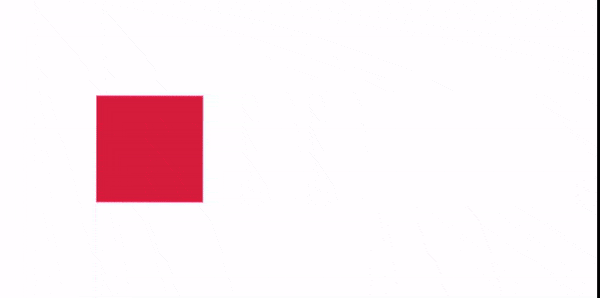 |
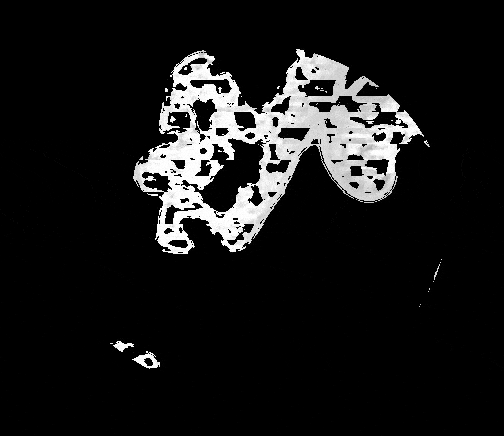 |
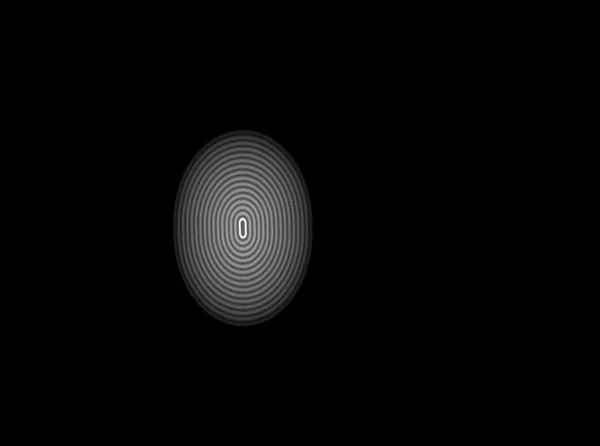 |
| dithering | circle pattern | menger sponge |
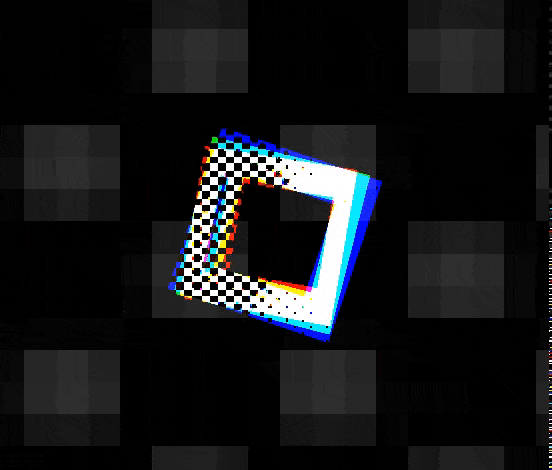 |
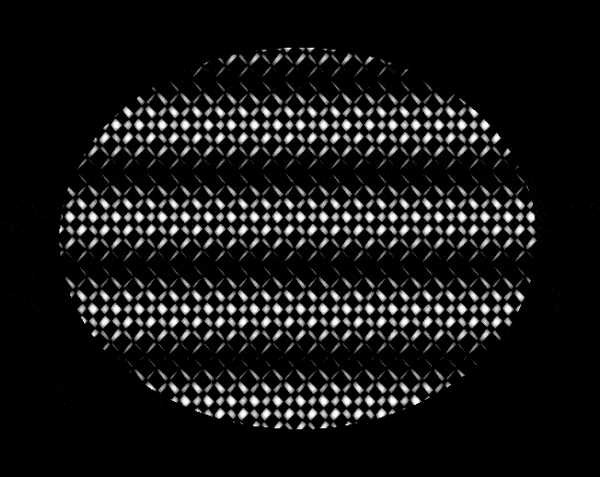 |
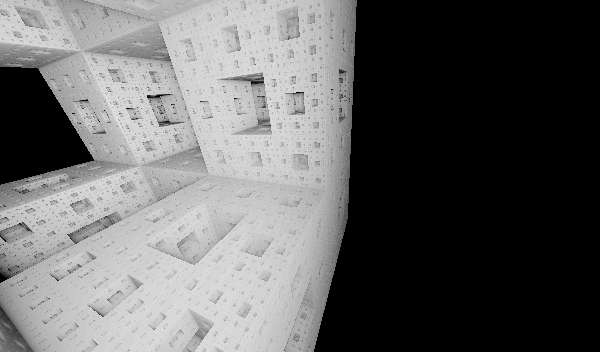 |

